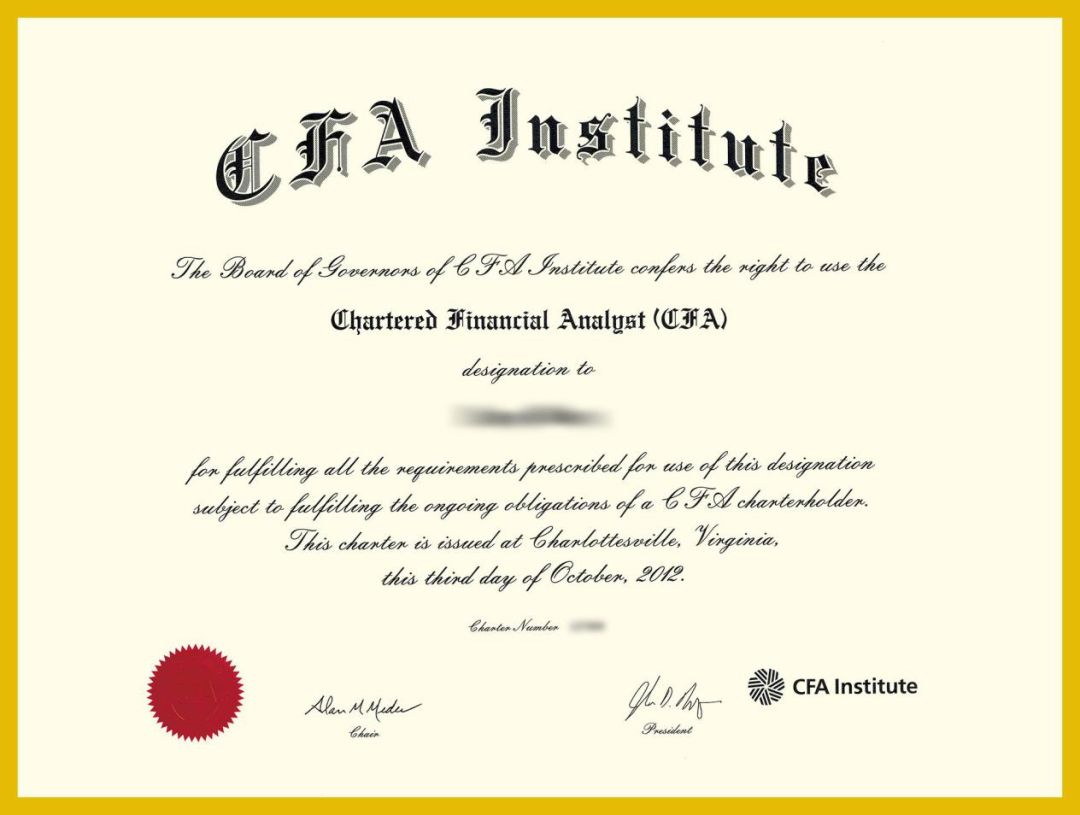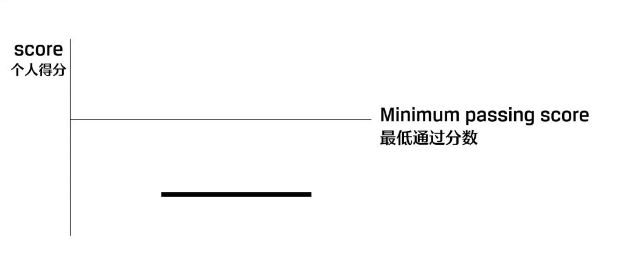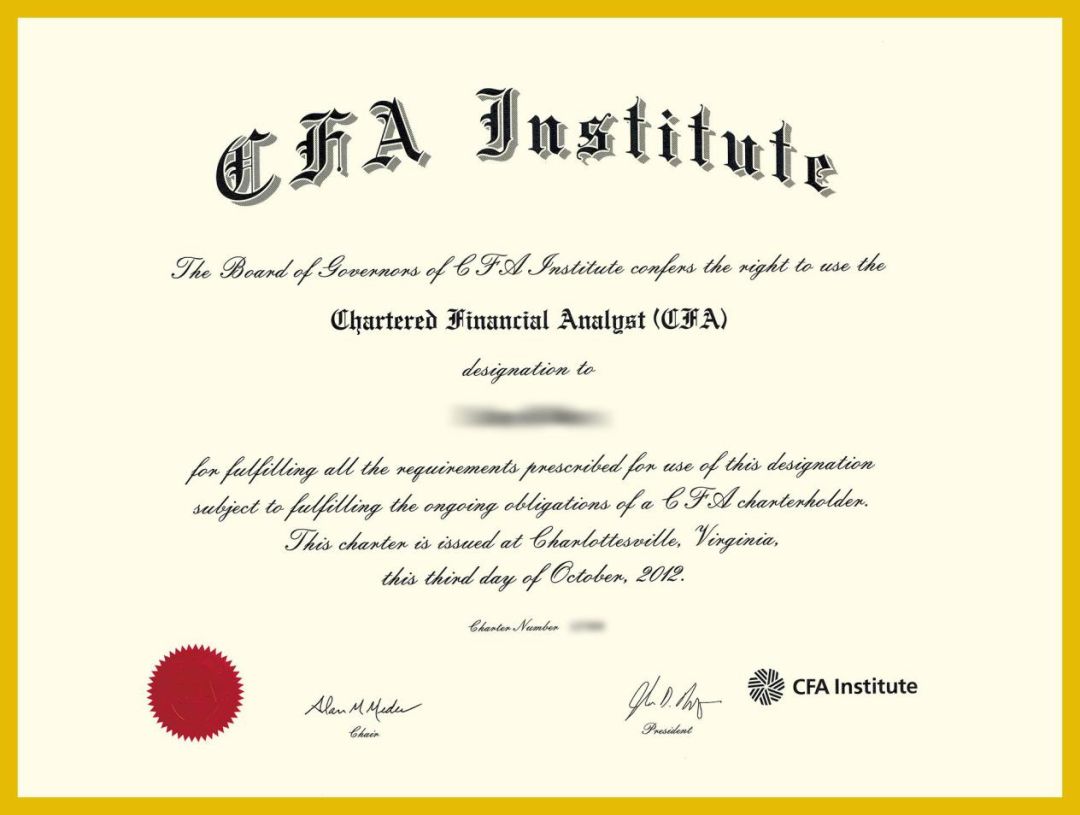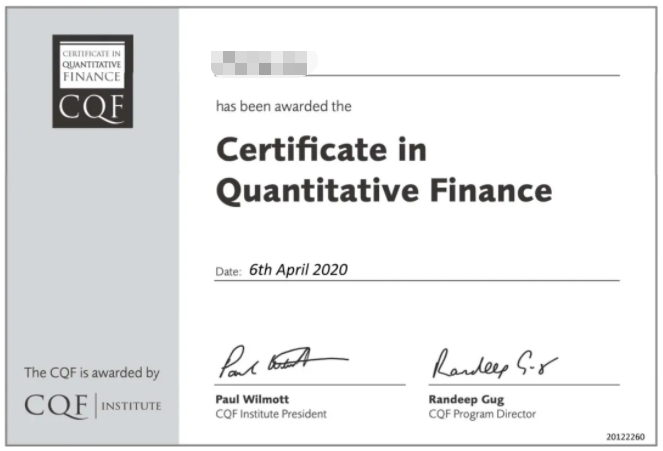
Telling the future by looking at the past assumes that conditions will remain constant. This is like driving a car by looking in the rearview mirror.
—Herb Brody, technologist
Accountants and securities lawyers in the United States have a nearly automatic association with the term “forward-looking statement,” an association that tells them that any such forward-looking information must be included outside the financial statements — given that the Private Securities Litigation Reform Act (PSLRA) defines the term (and provides safe harbors against litigation), but US GAAP (Generally Accepted Accounting Principles) does not.
CFA Institute has issued a report, Forward-Looking Information: A Necessary Consideration in the SEC’s Review on Disclosure Effectiveness, that seeks to provide investors’ perspectives on forward-looking information. It builds upon a 2013 report,Financial Reporting Disclosures: Investor Perspectives on Transparency, Trust, and Volume, in which CFA Institute describes investor perspectives on needed improvements in financial reporting disclosures. (A summarized version of the report is available here.)
The forward-looking paper is an extension of that report and provides investor views on forward-looking information and examines whether a dividing line can be drawn between the forward-looking information that belongs outside the financial statements and the forward-looking information that can be included in the financial statements.
CFA Institute has long advocated for more forward-looking measurements and disclosures to enhance the “decision-usefulness” of financial statements for investors. That’s because measurements and disclosures based upon current values and expectations of the future are inherently more relevant to the investment decision-making process than disclosures based upon historical measures that may be highly reliable but lack relevance because of their inability to provide insight into current or future expectations of cash flows. If financial reporting’s objective is to provide decision-useful information it seems self-evident that financial statements that incorporate forward-looking information would be most useful to investors in making investment decisions.
Over the last 20 years, since the passage of the PSLRA, US GAAP has come to include increasing amounts of forward-looking information. In the report, we illustrate this trend and highlight the extensive amount of forward-looking information which is incorporated into US GAAP.
Against this backdrop, objections to the Financial Accounting Standards Board’s (FASB) recent attempts to improve financial reporting for investors (such as a proposal on improving interest and liquidity disclosures) appear inconsistent to investors. Opponents argue that such interest and liquidity disclosures belong outside the financial statements because they are forward-looking information while simultaneously, as we illustrate in the report, they support the FASB’s use of forward-looking measurements of loan impairments — noting that investors will find them more useful. The report highlights the inconsistency in these positions — as well as providing other examples — and with the existence of vast amounts of forward-looking information already incorporated in US GAAP.
We conclude the report by considering whether a dividing line can be drawn between the forward-looking information that belongs within the financial statements and the forward-looking information that belongs outside the financial statements. We also consider whether, at this stage of financial standards development, crafting a conceptual demarcation of whether such information is appropriate within financial statements may overlook the fact that the “conceptual Rubicon” has already been crossed; forward-looking information is already embedded in a significant number of existing accounting standards.
Investors seek clarity on the SEC’s perceived dividing line as part of the disclosure effectiveness review. Investors believe it is important for the SEC, as part of this review (begun in late 2012), to complete its consideration of the degree to which forward-looking information belongs within or outside the financial statements because they see the debate regarding the perceived dividing line as delaying progress on improving disclosures that would be decision-useful for investors. The nature of the improvements, rather than their location in the financial filings, should be of principal concern to policymakers. The pursuit of artificial boundaries regarding where to provide additional forward-looking information (i.e., a type of information that is already in financial statements) simply ends up significantly constraining needed improvements to financial reporting information.



 金融证书
金融证书
 发布时间:2013-11-13
发布时间:2013-11-13








 复制本文链接
复制本文链接 模拟题库
模拟题库

 26568
26568

































 >
>